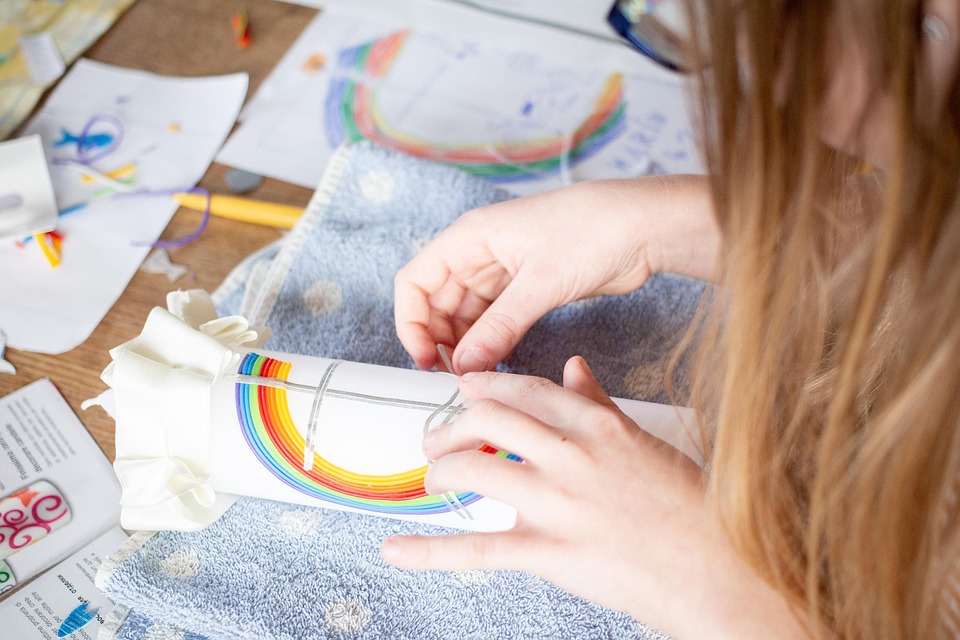When it comes to handmade soap, the possibilities for customization are endless. One of the most exciting aspects of creating your own soap is getting to experiment with different colors and fragrances. Not only can these elements enhance the aesthetic appeal of your soap, but they can also impact its mood-boosting and therapeutic potential. In this article, we’ll delve into the world of colors and fragrances, providing you with tips and inspiration for creating unique and captivating handmade soap creations.
To start, let’s talk about colors. Colors can evoke emotions, stimulate the senses, and even influence our mood. When it comes to soap, colors can add a pop of fun and personality to an otherwise mundane product. But how do you achieve the perfect color palette for your handmade soap? Here are a few tips to get you started:
- Choose your colorants wisely: There are numerous colorants available for soap making, including oxides, ultramarines, and micas. Each type of colorant has its own unique characteristics and uses, so be sure to research and understand the differences before making a selection.
- Consider the tone and shade: Think about the tone and shade you want to achieve. Do you want a bright and bold color or a soft and pastel hue? Experiment with different combinations of colorants to achieve the desired effect.
- Test and adjust: Always test your colorant in a small batch of soap before committing to a larger recipe. This will give you a chance to adjust the color and ensure it’s exactly what you want.
In addition to colors, fragrances can also play a significant role in the overall aesthetic and therapeutic value of your handmade soap. Fragrances can evoke emotions, stimulate the senses, and even provide mood-boosting benefits. When it comes to selecting fragrances for your soap, here are a few tips to keep in mind:
- Choose high-quality fragrance oils: Look for fragrance oils that are specifically designed for soap making and are of high quality. These oils will provide the best scent throw and longevity.
- Consider the strength and longevity: Think about the strength and longevity of the fragrance. Do you want a strong, bold scent or a soft, subtle one? Experiment with different concentrations and blends to achieve the desired effect.
- Blend fragrances for unique scents: Don’t be afraid to blend fragrances to create unique and complex scents. This can add depth and interest to your soap, making it stand out from the crowd.
Now that we’ve covered the basics of colors and fragrances, let’s talk about some fun and creative ways to customize your handmade soap. Here are a few ideas to get you started:
- Layering colors and fragrances: Create a layered effect by pouring different colors and fragrances into the mold in a layered pattern. This can add visual interest and create a unique, marbled effect.
- Adding exfoliants and textures: Incorporate exfoliants like oatmeal, coffee grounds, or sea salt to add texture and interest to your soap. You can also experiment with different mold shapes and sizes to create unique textures and patterns.
- Creating custom color and fragrance combinations: Experiment with different color and fragrance combinations to create unique and captivating scents. Try pairing complementary colors like blue and orange, or contrasting fragrances like lavender and citrus.
In addition to these creative techniques, there are also a number of therapeutic benefits to consider when customizing your handmade soap. Certain colors and fragrances have been shown to have a positive impact on mood, stress levels, and overall well-being. Here are a few examples:
- Calming colors and fragrances: Colors like blue and green, and fragrances like lavender and chamomile, are known for their calming effects. These can be great options for creating a relaxing and soothing soap experience.
- Uplifting colors and fragrances: Colors like yellow and orange, and fragrances like citrus and mint, are known for their uplifting and invigorating effects. These can be great options for creating a refreshing and energizing soap experience.
- Grounding colors and fragrances: Colors like brown and beige, and fragrances like Patchouli and sandalwood, are known for their grounding and earthy effects. These can be great options for creating a natural and calming soap experience.
Frequently Asked Questions
Here are some frequently asked questions about customizing handmade soap with colors and fragrances:
- Q: What type of colorants are best for soap making?
A: There are several types of colorants that can be used for soap making, including oxides, ultramarines, and micas. The best type of colorant will depend on the desired color and the recipe being used.
- Q: How do I achieve a consistent color in my soap?
A: To achieve a consistent color, it’s best to use a high-quality colorant and to test the color in a small batch of soap before committing to a larger recipe.
- Q: What type of fragrance oils are best for soap making?
A: Look for fragrance oils that are specifically designed for soap making and are of high quality. These oils will provide the best scent throw and longevity.
- Q: Can I use essential oils in my soap?
A: Yes, essential oils can be used in soap making, but they can be more expensive and may not provide the same level of scent throw as fragrance oils.
- Q: How do I create a layered effect in my soap?
A: To create a layered effect, pour different colors and fragrances into the mold in a layered pattern. This can add visual interest and create a unique, marbled effect.


